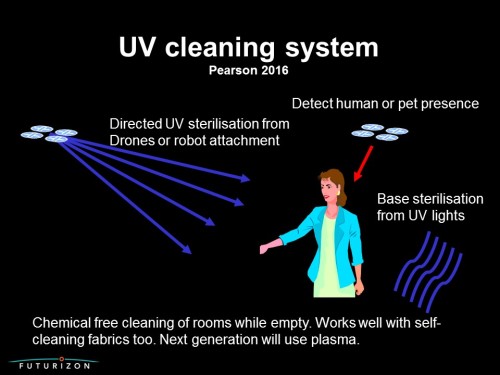Another guest post from Christopher Moseley, (details below)
Reed and Bhs are inevitable collateral damage in today’s omni-channel sales and marketing world
It’s not hard not to get a little bit nostalgic about the death throes of well-known British High Street brands. Woollies was the first big name in living memory to get killed off in the Great War of the Internet versus the High Street; Austin Reed and Bhs are the very latest casualties.
Philip Green’s soon to face a grilling from a Commons committee, and no doubt the sense of outrage and accusations of asset stripping will heighten the tensions and anger associated with job losses and the of dying British High Street brands. As to Austin Reed, it’s hard to see a well-heeled target figure stepping forward to face similar political brickbats: it just kind of, well, died away.
Asset stripping aside it’s hard to see how tired old brands like Bhs might have survived in a world where choice is a touch screen away. The venerable British High Street, and the myriad shops which struggle to stay solvent within the confines of her bricks and mortar structure, still has a white knight in the form of Mary Portas, but it’s clear that the writing is on the, er, shop window … it reads, ‘Closing Down’.
Twenty or so years ago if I had wanted to buy a set of headphones I would have strolled to my nearest retailers to make my purchase. In the 2010s, close as I am to my local high street, I can simply go online. It’s the only viable decision – there’s simply a much bigger choice, and greater availability.
And with a smartphone in hand, or a laptop or tablet at my side, I’m able to quickly locate a wealth of information about my desired product before being given a list of potential suppliers – often ranked by reliability and item price.
Why would I ‘go’ bricks and mortar, when with a simple click my goods can be delivered to my house the very next day?
Why break into a bipedal sweat when one can surf?
Omni-channel selling provides consumers with numerous channels through which they can interact with and purchase from retail businesses. There’s all the attendant information about products, the means to interact with technical experts, and a giddy range of devices: smartphones, desktops, notebooks to browse on.
The 24-7 shopping experience
The obvious advantage of Internet shopping is that is that one can shop well after the High Street curfew of 5:30pm. We can all shop to heart’s content, on the couch, in the bath, or in a tent on Ben Nevis. Businesses that can’t cater for the around-the-clock punters face obliteration. Why walk?
The future’s bespoke, more interesting and built for humans
Around 16 years ago, when the first corrosive impact of the Internet was being felt in the High Street, I once tried to stage a media stunt. I proposed a debate between several well-known exponents of retail, pitted against some toughies (clients actually) who worked in e-commerce. If memory serves I’d wanted to co-opt a Selfridges or Harrods window to conduct the debate. It would have been fab I think.
It never happened – I guess the issue wasn’t quite sufficiently in the public eye back in ’00.
It’s a different story today. We’re right in the middle of a bloodbath and it’s hard to see a future for the great British High Street, other than, perhaps, this is an opportunity to return to something rather old-fashioned, something much more traditional.
If there is a future for the High Street, it won’t be a continuation of today’s confection of identikit chain stores, but rather much akin to the boutique butcher, baker and candlestick maker of yesteryear. Throw in some vibrant street markets, some residential housing, and one has something like the world of the Edwardian era.
So, the mantra of the High Street in the 2020s might just be, ‘Let’s party like it’s 1899 …’
Chris Moseley
Head of Public Relations, Merchant Marketing Group









